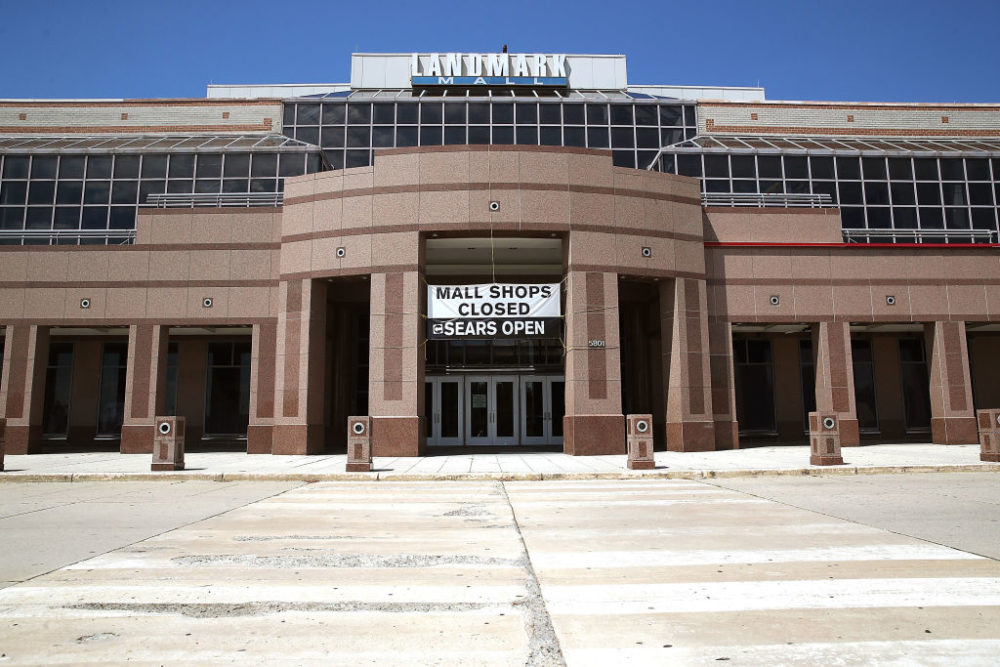Advertisement
Are Malls Dead?

The future of La Gran Plaza in Fort Worth, Texas, looked grim at the turn of the century, but you wouldn’t guess the mall once had only 10% of its storefronts occupied if you visited today.
Now, the once nearly dead mall is home to over 200 stores, restaurants, a TV lounge, an arcade and a movie theatre — and The Fort Worth Star-Telegram reports developers submitted plans for an expansion this year.
Some malls are dying, but many shopping destinations that see business flatline are rising from the grave, Stephie Grob Plante reports in Smithsonian Magazine.
La Gran Plaza is a “zombie mall,” she says, which is a mall that dies and comes back to life.
“We're really seeing malls more and more make themselves places that you don't just want to shop,” she says. “You want to have an experience with your family.”
Part of La Gran Plaza’s success can be attributed to the decision to rebrand as a Hispanic-themed mall, in an area where 23% of the population speaks Spanish, Grob Plante reports.
On top retail stores and restaurants, the mall hosts fashion shows geared toward quinceaneras and holiday-themed events, she says.
Shopping and dining aren’t enough to bring people into the mall anymore, market researcher Paco Underhill told Grob Plante. Instead, traditional malls need to become “alls” by offering experiences beyond retail and food.
Near Grob Plante’s home in Austin, The Domain encompasses 100 stores and restaurants, 800 residential units, office space and four hotels.
“When we think of the mall, we think of these enclosed, indoor shopping centers surrounded by seas of parking lots,” she says. “The Domain looks like a mini city.”
The American Dream complex in New Jersey — which will include attractions like a ski and snow park, a water park and a Nickelodeon theme park alongside its 450 shops and amenities — is set to open in October.
Over half of the 3 million-square-foot space will be occupied by “experiences beyond shopping,” she says.
Some suburban malls are dying, but she says it’s thanks to the success of other malls that are better able to adapt to the changing desires of experience-hungry consumers, not e-commerce.
A desolate “fossil” mall is sometimes found a mere 15 minutes down the road from a booming one depending on their mix of tenants, she says.
Advertisement
Just over 10% of retail sales are conducted online, she says, so people are still going to the mall particularly to make luxury purchases.
“If you’re in the market to buy a $10,000 watch, you want to feel it on your wrist.” she says, “You're not going to buy that online.”
The rise of luxury zombie malls is not a nail in the coffin for traditional suburban malls, she says.
One group of loyal customers — teenagers — still hang out at the mall because it’s a place where they can feel a sense of autonomy.
“There are very, very few places like that,” she says, “especially in the suburbs.”
Lynn Menegon and Francesca Paris produced and edited this interview for broadcast with Todd Mundt. Allison Hagan adapted it for the web.
This segment aired on September 27, 2019.


